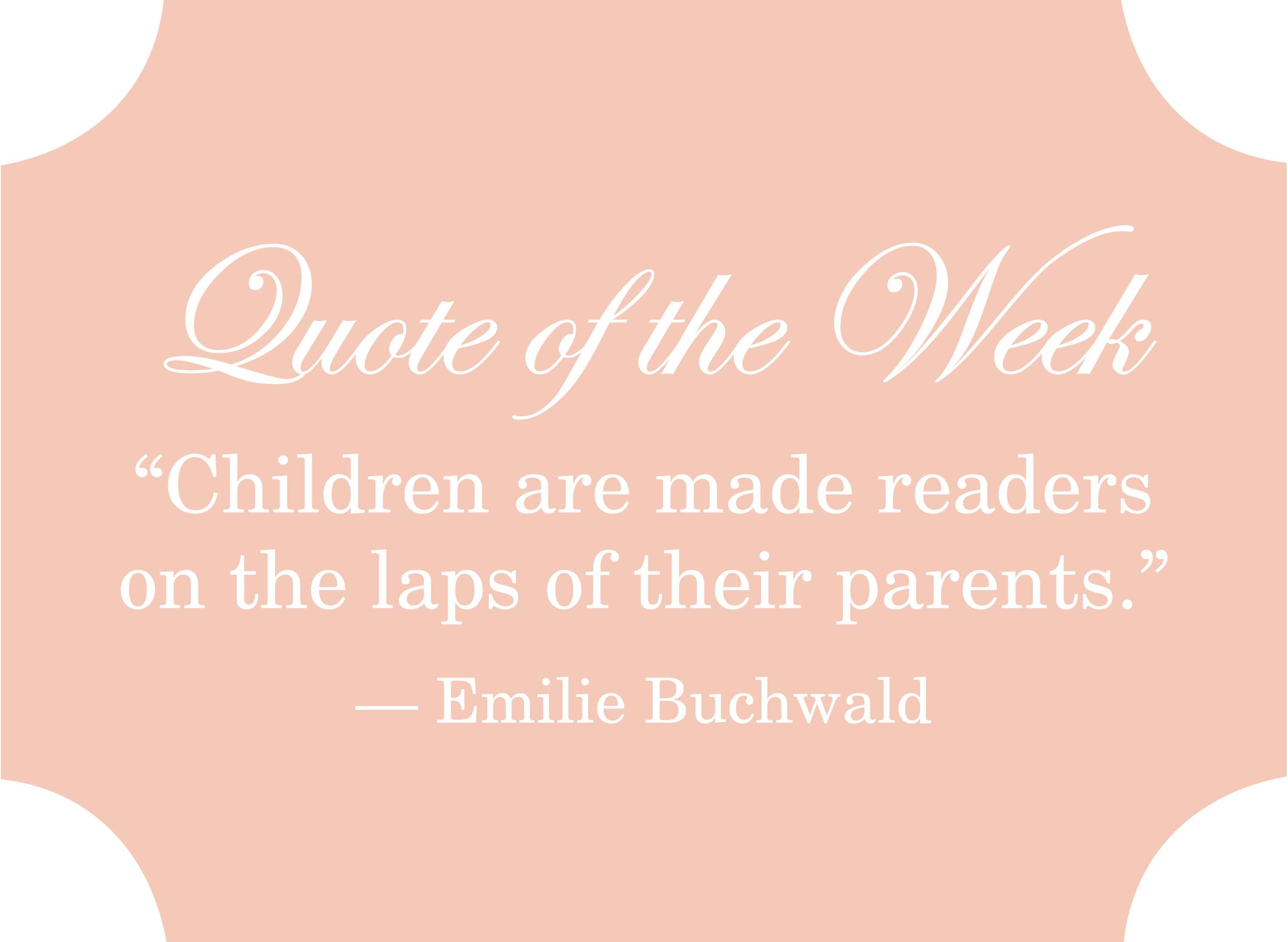
Teaching and Honoring a Student’s Essence
By Laurie McMurdo
Essence…an interesting word that conjures up scents such as cardamom, sage, incense at yoga studios and massage oils at luxurious spas; but essence can also refer to the core of a person or the “Inner Being”. This Inner Being is the element that makes us who we are.
After teaching for 25 years, I have been graced with being able to see and experience a wide variety of children and their essences; each one being as unique as a fingerprint. Some were fiery, some were calm and serene, but all had the possibility for meaningful learning and growth.
Honoring Essence and Academic Growth
As learning occurs, a child’s brain builds synaptic connections (the space between neurons that sends signals from one nerve cell in the brain to another). These neuron connections build stronger over time the more a child learns–be it a task or a concept. If you picture a path that leads to a beach for example, that path is etched deeper the more often people travel it. The same is true for neuron connections. The more they are used the deeper and stronger the connection and the more effectively the brain uses that connection to build links to other neurons. The responsibility we have as educators and parents is to ensure that we are helping to build neuron pathways through positive experiences rather than damaging ones; ensuring the growth of healthy self-concept along the way.
So how does this all link to essence, Inner Being and the precious self-esteem of a child? Fundamentally and directly. In the words of one wise, anonymous teacher, “Students won’t care how much you know until they know how much you care.” This is true in whatever subject is being taught. This all points back to making sure the student feels honored for who they are at their core. As a math teacher, I teach mathematical concepts in a progressive developmental fashion: one concept building on another until a strong base of understanding allows the student to take that mathematical knowledge and apply it to other situations that require mathematical reasoning. Yet this is only part of the focus of my teaching. Really the overwhelming part, and what I call the beauty of the art of teaching, is honoring the children’s essence and Inner Being as the concepts are taught. The more we honor essence and Inner Being in a child the safer they feel. Researchers have found that the more safe a student feels in school, and the more they feel understood, the more effectively learning occurs. Consequently, the more easily those positive neuron connections are built and the deeper the “path” becomes. Honoring essence helps facilitate academic growth, and the development of a healthy self- esteem is a positive result of this acceptance of the children for who they are at their core.
Developing Essence in Practical Terms
What does honoring a student’s essence or Inner Being look like in practical terms? It means allowing the student to learn at his or her own pace and placing clear, realistic and reachable goals in the student’s path. It means accepting the child just as they are and honoring and capitalizing on strengths in their learning styles while supporting their challenges with practical strategies.
One example of such tolerance and support brings me back to my Grade Two class many years ago. On the very first day of school that year, the students filed into our classroom. One little blond boy crawled under his desk and would not come out. He sat under there and refused to move. I could have gotten angry. I could have scolded him. I could have sent for the principal and had him sent home. Instead, I crawled under the desk right along with him and taught my lessons to the class from there. He didn’t feel threatened or judged, and over time he came to trust that I would accept him for who he was. Turns out he was sensitive to sound and visual stimuli and found the busy classroom to be a real challenge for his senses. There is always a reason for the behavior and the challenges we see. I certainly had expectations for his behavior and his learning, but I had to develop trust first. Once that trust was built, and that took time and care and removal of judgment, then I could place clear and kind expectations for his behavior and his learning that he could meet. This boy ended up on the honor roll and is now studying engineering in University.
The focus of teaching in our modern world, more and more, has become all about conceptual development and the proof of learning: accountability for educators, merit pay for teachers based on their students’ success as measured in grades on standardized tests, and high-powered accelerated curriculum that isn’t always developmentally sound. For example, teaching cursive writing and abolishing free play in Kindergarten is in discussion at the moment in order to ensure that the children are ready for the rigors of school and beyond. Really? Einstein used to say that rocket science was child’s play compared to understanding child’s play. Play is so inherently necessary in a child’s development of self and of their understanding of the world, but we are losing that thread and replacing it with more and more homework to prepare the students for standardized tests that artificially judge learning.
Yet what if we focused on ensuring that students felt understood? What if we taught using strategies that match their strengths? What if we shelved the need to expect students to conform to an artificial benchmark developed by a movement driven to push children harder and faster? What if we judged teaching success on the self-esteem of the child? This would open more than one proverbial can of worms: how would we go about measuring self-esteem? How would we know whether or not teaching strategies at school or parenting strategies at home drove the students’ sense of self-worth? If we could separate the factors involved, and the influences on self- esteem, wouldn’t we be left with good teaching practices anyway?
Cultivating Essence in the Special Needs Child
As parents we put our trust in the school to understand and support our children on their paths of learning and on their growth of healthy self-concept. We send them off to school, and we hope in our hearts that they are being honoured for who they are. All parents share that hope and tentative trust in the school. Parents of students with special needs often have to advocate for their child. This can perpetuate a feeling of vulnerability and a worry that their child may not be understood and accepted by his or her teachers for their unique learning style and for his or her need for specific strategies and support.
Students with special needs have to be supported in their learning in particular. Not all of them can report back that they are not being honoured for their essence in school. Parents of students with special needs have an especially challenging role, to ensure that their children’s self-esteem is being supported along with his or her learning. There are ways to support that growth of self-esteem in school:
1) Communication with the school is one of the keys. I recommend to parents that they set up a team meeting with their child’s teachers and administrators at the beginning of the year. It can be short (under half an hour), so the school can cooperate with the scheduling of the meeting and have as many members of the team available as possible. The parent should be prepared before the meeting. On the agenda should be what the school sees are the strengths of the child as well as the challenges and how each will be supported throughout the year in different areas of the curriculum. Learning accommodations should also be discussed if the student needs support for exams, for instance. Some schools have Individual Education Plans (IEPs), with goals, objectives and strategies listed. Some schools have hundreds of students on these IEPs, so individual meetings are a challenge. In this case, a phone call to the special education teacher with a plan to disseminate the information to teachers should be arranged.
2) Once a term parents can ask for an email report from teachers about how the plan for success is going. What do the teachers see are the strengths and areas of challenge of the student at this point? What can be done at home to support the growth and success of the child? (This question allows teachers to see that the parent is willing to take on a cooperative role in the success of the programming, as, unfortunately, some teachers feel threatened by parents asking for regular updates).
3) A few times a year (every couple of months if possible) the parent should send an email to the school team listing the growth that they see in their child, so the school knows that their efforts are being effective. This can also open the door for parents to indicate that tweaking in support needs to happen–if needed.
4) Above all, and this is a hard one for all parents, try to trust that the best interest of your little one is the focus for the school. It’s about trust in both directions. The school needs to trust that the parents will be supportive, and the parent needs to build trust in the school. If, on the other hand, you see that your child is not being supported for their essence, and you are seeing a decline in self-esteem then by all means get in touch with the school. The trick is to remain calm and clear in your message about the need for change. Generally educators want to help the student succeed. If you run into a challenge with the school, be it a communication issue, ineffective strategies or a misunderstanding of goals, the special education team needs to know. Special education teachers are not in the classroom all day with your child, and we are there to help make the road as smooth as possible for everyone most especially the student. A good rule of thumb is to contact the school if you feel your gut tighten and your radar go off that something isn’t right.
***
Compassion is the heart of honoring the essence of a child, and it brings such magic when we infuse our teaching with honoring essence. Accepting a child for who they are and guiding them to grow is a direct route to the development of positive self-esteem.
What I’ve found to be a particularly lovely effect of infusing my teaching with honouring essence is that in doing so, not only do I celebrate my students’ Inner Being, but I also compliment my own Inner Being.
Credit: Laurie McMurdo
About the Author:
Laurie McMurdo received a Bachelor’s degree in Psychology from Concordia Univeristy in Montreal, a Diploma in Education from McGill University in Montreal, and a Master’s in Educational Psychology from McGill University. Working in education for 25 years, she is a former elementary classroom teacher and a current Resource/Special Education High School teacher. Laurie works with children with learning, physical, behavioral and emotional challenges. She teaches supportive math classes, writes Individual Education Plans and helps run the Resource Center at a large public high school. Her focus is to support the students and their families on their road to learning success, and help teachers implement effective strategies toward that same success as well. She works privately with parents and students to help them define their strengths and advocate for their own Inner Being and Essence in schools. She offers this support in person, over the phone or via Skype. She can be reached at: msmcbeast@yahoo.com.

